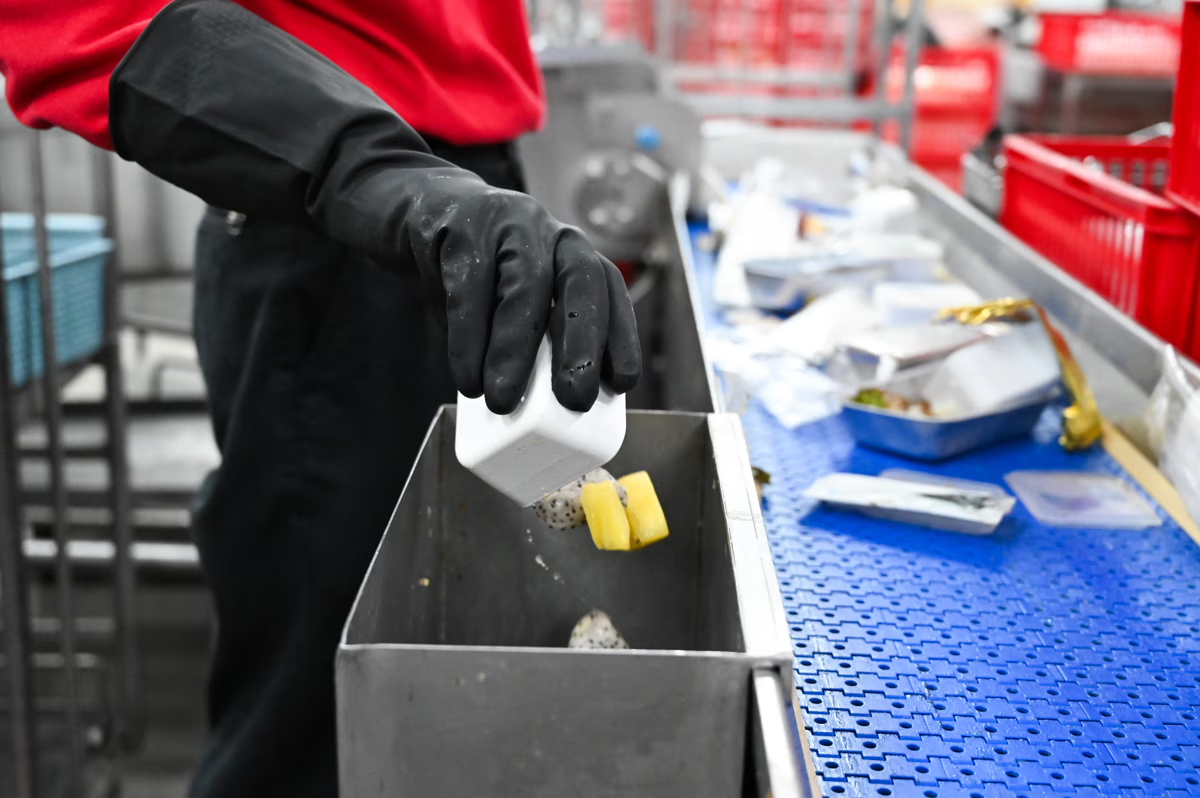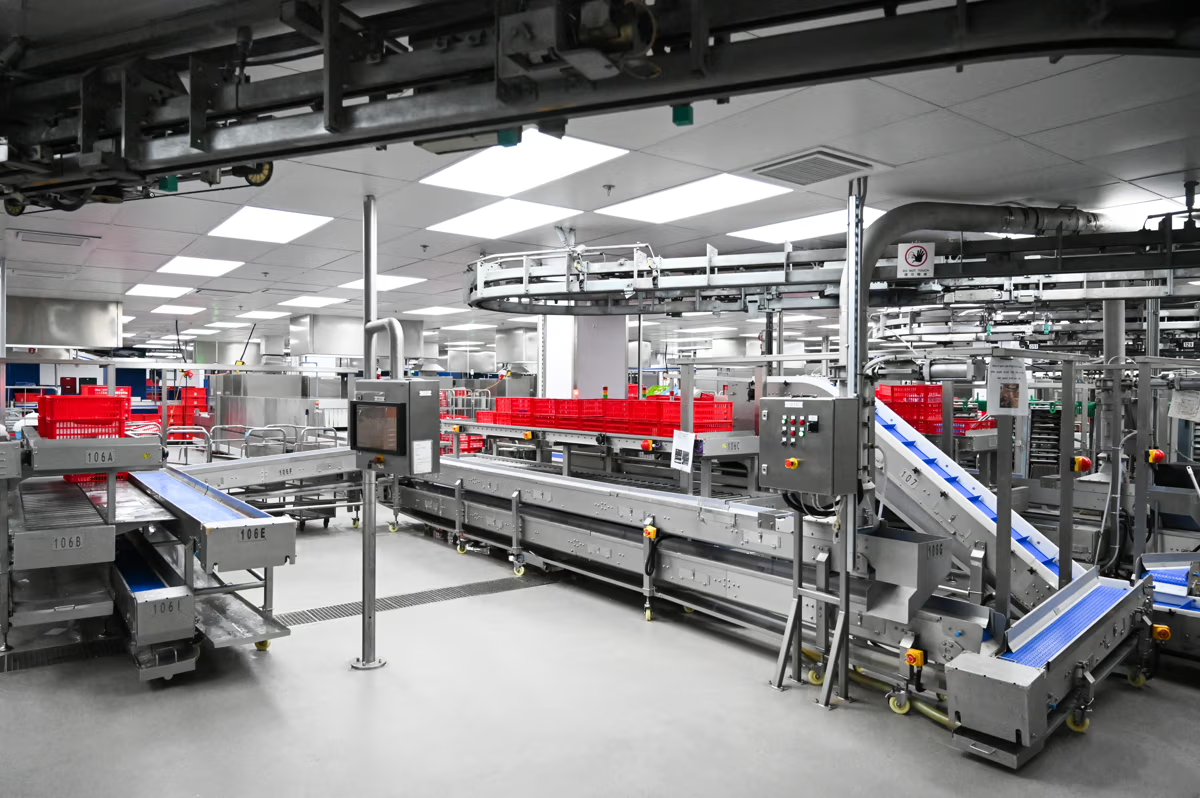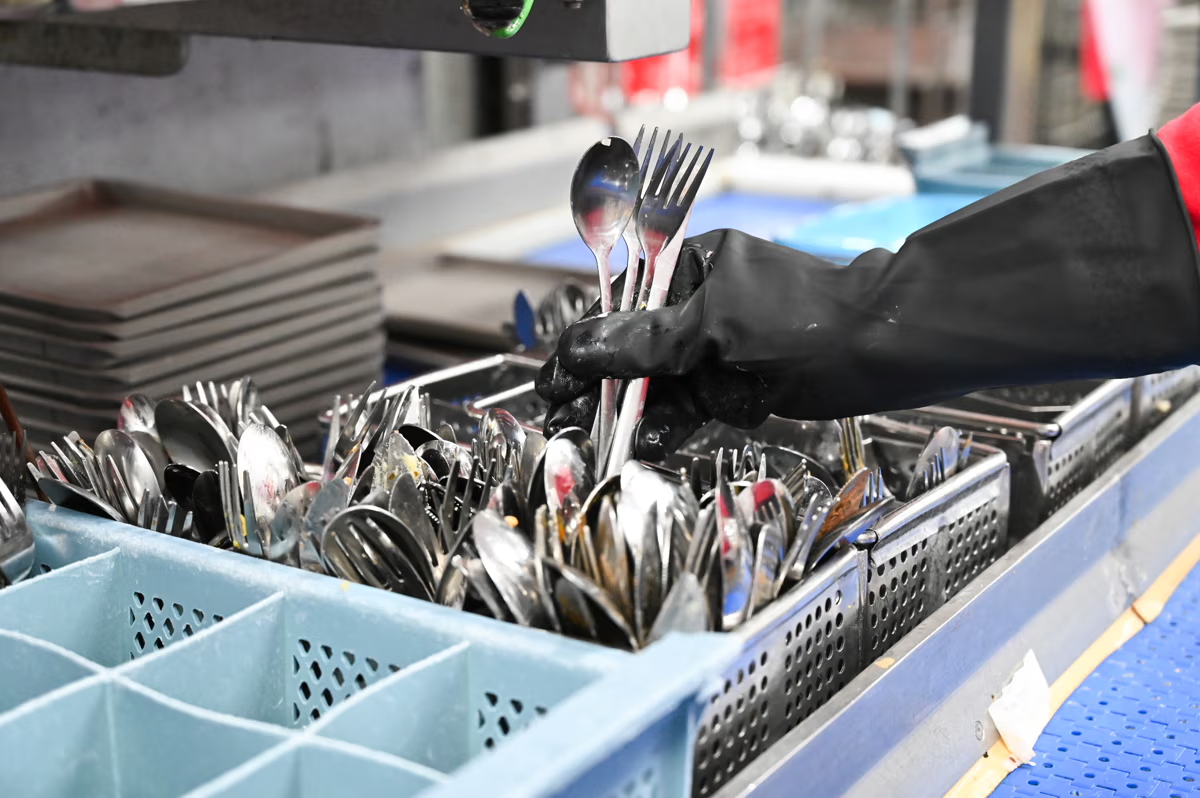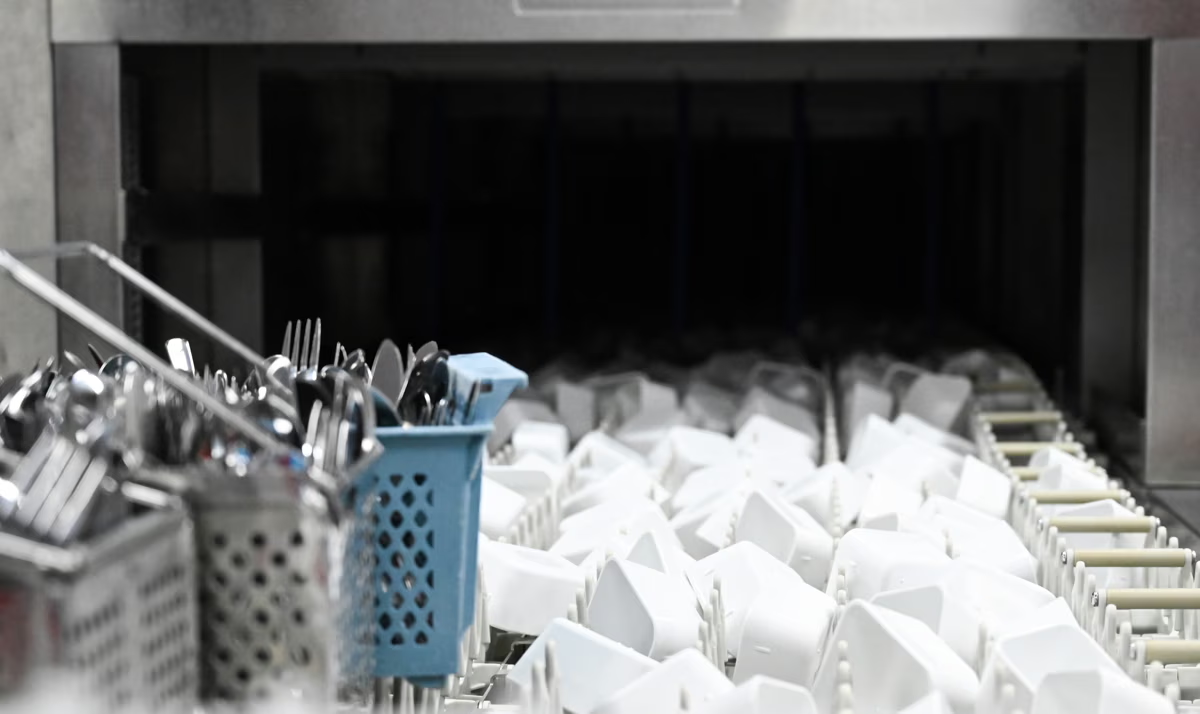Cathay Dining, the inflight kitchen arm of the Cathay Group, has unveiled a cutting-edge warewash system that turns food waste into electricity and slashed resource consumption — the first in Hong Kong’s airline catering industry in a bid to redefine sustainability in aviation catering. As global aviation faces mounting pressure to reduce its environmental impact, Cathay Dining’s new system arrives as a timely solution that is as smart as it is sustainable.

Food Waste, Recycled — Not Wasted
At the heart of the transformation is a high-efficiency waste sorting system that separates food waste from general refuse on dedicated conveyor belts. The collected waste is then compacted and sent to O.PARK, Hong Kong’s Organic Resources Recovery Centre, where it undergoes anaerobic digestion— a process that turns organic waste into renewable energy.
The result? A 200% increase in food waste recycling capacity and enough green energy generated to power 8,000 households annually.
Agatha Lee, Cathay Dining Chief Executive Officer, said:
By reducing utility consumption and featuring an innovative food waste segregation design, this new system future-proofs operations and enables us to meet the evolving needs of our customers with a focus to sustainability – highlighted by the recycling of inbound food waste.

Big Cuts in Water and Power
Cathay Dining didn’t stop at waste. The new warewash system is designed to optimize resource use at every turn making electricity consumption reduced by up to 70% and water use cut by nearly 60%
How? The system now separates the equipment stripping and washing phases, only activating washers when enough load accumulates — preventing unnecessary operation and maximizing efficiency.
Cathay Dining also took the opportunity to improve worker safety through the installation of Methyl Methacrylate (MMA) flooring, which features anti-slip properties, along with upgrades to the lighting panels for better visibility and enhanced ventilation system to improve air quality.

Leading the Way in Sustainable Aviation
The new system also addresses one of the biggest challenges in flight kitchens which is variable equipment cleaning needs. Multi-purpose washers can now handle different types of equipment at once, while a separate sorting line boosts throughput and flexibility. Machine utilization is up by 20%, reducing bottlenecks and improving turnaround time.
This overhaul isn’t just about cleaning equipment — it’s about cleaning up the carbon cost of inflight dining. Cathay Dining’s system now serves as a working model of circular economy in aviation.
As the first airline caterer in Hong Kong to implement inbound food waste recycling at this scale, Cathay Dining is proving that sustainability can be seamlessly integrated into complex operations — without compromising quality or efficiency.
Agatha Lee continued:
We are proud to lead the way in sustainable practices and operational excellence within the inflight dining industry.

Why It Matters
Aviation is responsible for over 2% of global carbon emissions. Catering operations — including food waste, energy, and water use — are a significant but often overlooked contributor. In 2022, aviation emissions reached almost 800 million tonnes of carbon dioxide, according to the International Energy Agency.
By integrating innovation with sustainability, Cathay Dining isn’t just ticking boxes — it’s setting new ones.
Should more airlines consider similar innovation? Let us know in the comments!









